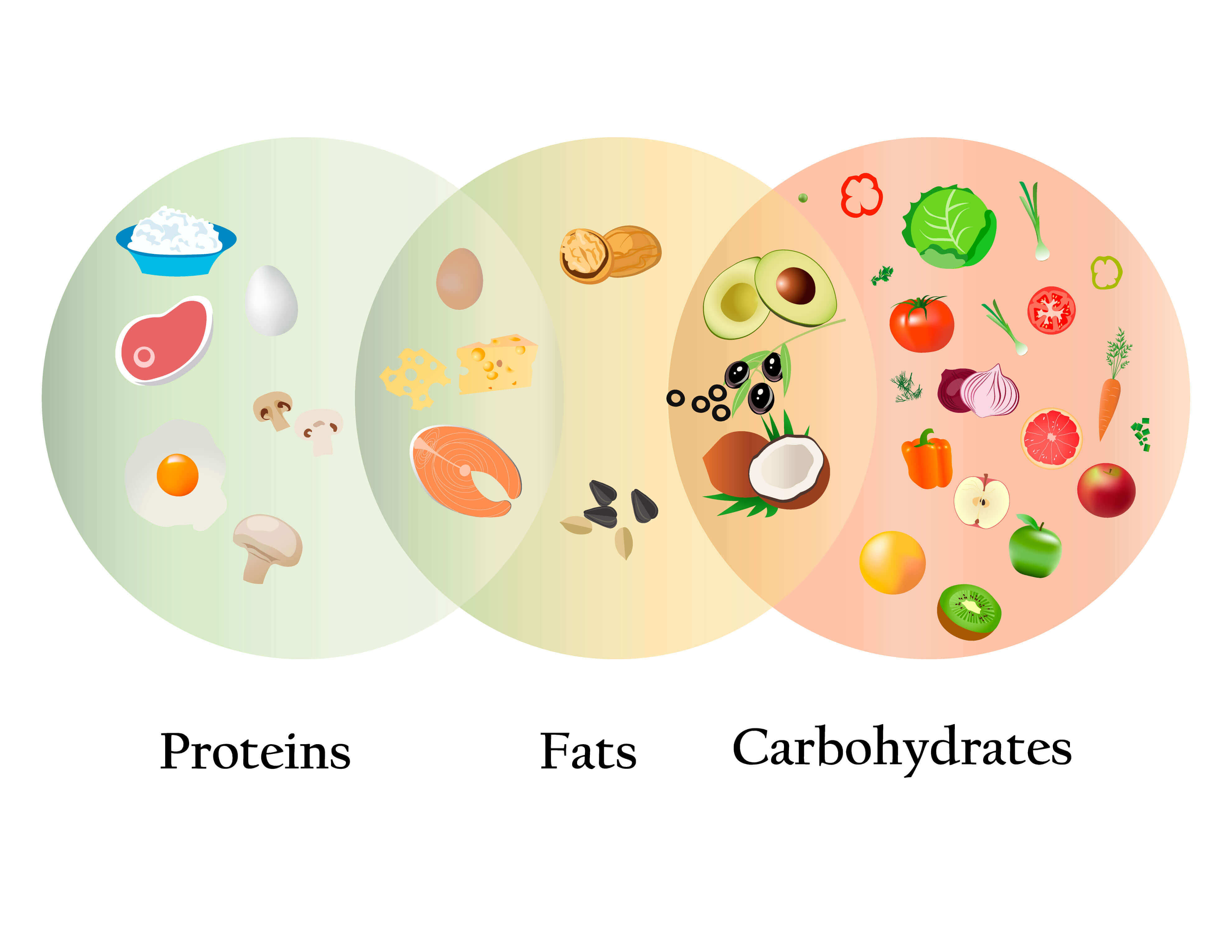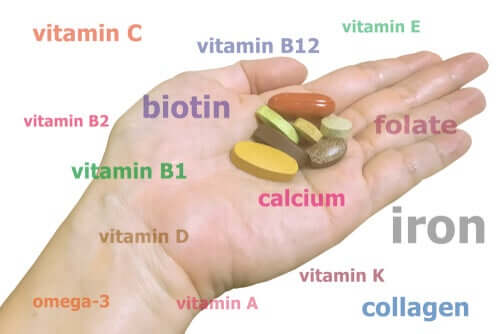Synthetic Vitamins and Minerals in Dog Food


Written and verified by the biologist Ana Díaz Maqueda
Commercial dog foods undergo rigorous chemical and biological tests. The purpose of these tests is to assure that foods don’t produce toxicity due to an excess of certain nutrients. What’s more, commercial dog foods should be palatable. There’s also the issue of synthetic vitamins and minerals which we’ll be looking at today.
It’s important for foods to pass these controls, which verify that the concentration of certain nutrients is within the ranges established by law. Experiments should also be conducted in order to determine if dogs prefer one food over another.
The packaging of the dog food we give our pets also reveals important nutritional information. Nutrition labels allow us to ascertain what analytical components the food contains. Dog food components tend to vary according to the age, health, and activity level of the dogs they’re designed for.
What are the essential nutrients that dog food should contain?
Each animal species has different nutritional requirements. This is something we can see clearly when we compare dog food to parakeet food, for example. However, it may be harder to identify when it comes to comparing dog and cat food. Their food may look similar, but they don’t share the same requirements. For example, it’s fundamental for cats to obtain extra amounts of an amino acid called taurine.
Below are essential nutrients present in commercialized dog foods, which must not be absent:
- Proteins, including the following amino acids: Arginine, histidine, leucine, lysine, methionine, methionine +, cystine, phenylalanine, phenylalanine + tyrosine, threonine, tryptophan, and valine.
- Fats from animal sources, which include essential fatty acids: Linoleic acid (omega 6), arachidonic acid (omega 6), and alpha-linolenic acid (omega 3).
- Minerals: Calcium, phosphorous, potassium, sodium, chloride, and magnesium.
- Trace elements: Copper, iodine, iron, magnesium, selenium, and zinc.
- Vitamins: Vitamin A, vitamin D, vitamin E, thiamine, riboflavin, pantothenic acid, vitamin B6 (pyridoxine), vitamin B12, niacin, folic acid, biotin, coline, vitamin K.
 Where do the vitamins and minerals in dog food come from?
Where do the vitamins and minerals in dog food come from?
Vitamins and minerals are part of the found naturally in foods. In other words, these substances are within the natural structure of fresh foods. However, it’s common for dog foods to undergo processing–be it through mechanical, chemical, or physical procedures. And when natural foods go through processing, vitamins and minerals may degrade.
In a diet based on real foods or little processing, like the BARF diet for dogs, essential nutrients remain unaltered. This is much healthier and more nutritionally complete, as long as it provides all of the necessary foods. For example, we can’t base a natural diet for dogs on muscle alone. Rather, the diet must also include viscera, bones, and certain products from plant sources.
In dog foods, some of these vitamins and minerals remain constant. But in most cases, they are lost. What’s more, the natural product that some manufacturers use may not be of good quality. In that case, the dog food will be even worse.
In order to make up for these deficiencies, factories add synthesized vitamins and minerals to the food until they reach the regulated levels.

Are synthetic vitamins and minerals harmful?
Laboratory analysis should always guarantee the different levels of added substances. As long as that’s the case, then synthetic vitamins and minerals are not at all harmful to an animal’s health. All of the substances added to dog foods go through prior testing on animal models in a laboratory setting.
Manufacturers also add other substances–like additives, preservatives, and artificial colors–to dog foods for a variety of reasons. Certain amounts of these substances can be harmful to canine health.
Finally, many countries in the world have reported cases of poisoning due to excess vitamin D in commercial dog foods. As a result, they quickly took them off the market. In this case, lab analysis failed to detect excess vitamin D levels, which led to health problems in many pets.
Commercial dog foods undergo rigorous chemical and biological tests. The purpose of these tests is to assure that foods don’t produce toxicity due to an excess of certain nutrients. What’s more, commercial dog foods should be palatable. There’s also the issue of synthetic vitamins and minerals which we’ll be looking at today.
It’s important for foods to pass these controls, which verify that the concentration of certain nutrients is within the ranges established by law. Experiments should also be conducted in order to determine if dogs prefer one food over another.
The packaging of the dog food we give our pets also reveals important nutritional information. Nutrition labels allow us to ascertain what analytical components the food contains. Dog food components tend to vary according to the age, health, and activity level of the dogs they’re designed for.
What are the essential nutrients that dog food should contain?
Each animal species has different nutritional requirements. This is something we can see clearly when we compare dog food to parakeet food, for example. However, it may be harder to identify when it comes to comparing dog and cat food. Their food may look similar, but they don’t share the same requirements. For example, it’s fundamental for cats to obtain extra amounts of an amino acid called taurine.
Below are essential nutrients present in commercialized dog foods, which must not be absent:
- Proteins, including the following amino acids: Arginine, histidine, leucine, lysine, methionine, methionine +, cystine, phenylalanine, phenylalanine + tyrosine, threonine, tryptophan, and valine.
- Fats from animal sources, which include essential fatty acids: Linoleic acid (omega 6), arachidonic acid (omega 6), and alpha-linolenic acid (omega 3).
- Minerals: Calcium, phosphorous, potassium, sodium, chloride, and magnesium.
- Trace elements: Copper, iodine, iron, magnesium, selenium, and zinc.
- Vitamins: Vitamin A, vitamin D, vitamin E, thiamine, riboflavin, pantothenic acid, vitamin B6 (pyridoxine), vitamin B12, niacin, folic acid, biotin, coline, vitamin K.
 Where do the vitamins and minerals in dog food come from?
Where do the vitamins and minerals in dog food come from?
Vitamins and minerals are part of the found naturally in foods. In other words, these substances are within the natural structure of fresh foods. However, it’s common for dog foods to undergo processing–be it through mechanical, chemical, or physical procedures. And when natural foods go through processing, vitamins and minerals may degrade.
In a diet based on real foods or little processing, like the BARF diet for dogs, essential nutrients remain unaltered. This is much healthier and more nutritionally complete, as long as it provides all of the necessary foods. For example, we can’t base a natural diet for dogs on muscle alone. Rather, the diet must also include viscera, bones, and certain products from plant sources.
In dog foods, some of these vitamins and minerals remain constant. But in most cases, they are lost. What’s more, the natural product that some manufacturers use may not be of good quality. In that case, the dog food will be even worse.
In order to make up for these deficiencies, factories add synthesized vitamins and minerals to the food until they reach the regulated levels.

Are synthetic vitamins and minerals harmful?
Laboratory analysis should always guarantee the different levels of added substances. As long as that’s the case, then synthetic vitamins and minerals are not at all harmful to an animal’s health. All of the substances added to dog foods go through prior testing on animal models in a laboratory setting.
Manufacturers also add other substances–like additives, preservatives, and artificial colors–to dog foods for a variety of reasons. Certain amounts of these substances can be harmful to canine health.
Finally, many countries in the world have reported cases of poisoning due to excess vitamin D in commercial dog foods. As a result, they quickly took them off the market. In this case, lab analysis failed to detect excess vitamin D levels, which led to health problems in many pets.
All cited sources were thoroughly reviewed by our team to ensure their quality, reliability, currency, and validity. The bibliography of this article was considered reliable and of academic or scientific accuracy.
FEDIAF Federación Europea de Fabricantes de Alimentos para Mascotas. (2018). Guías Nutricionales para alimentos completos y complementarios para perros y gatos.
Ortega, V. (2004). Estudio Comparativo en el uso de colorantes naturales y sintéticos en alimentos, desde el punto de vista funcional y toxicológico. Valdivia, Chile.
Stockman, J., Fascetti, A. J., Kass, P. H., & Larsen, J. A. (2013). Evaluation of recipes of home-prepared maintenance diets for dogs. Journal of the American Veterinary Medical Association, 242(11), 1500-1505.
This text is provided for informational purposes only and does not replace consultation with a professional. If in doubt, consult your specialist.








